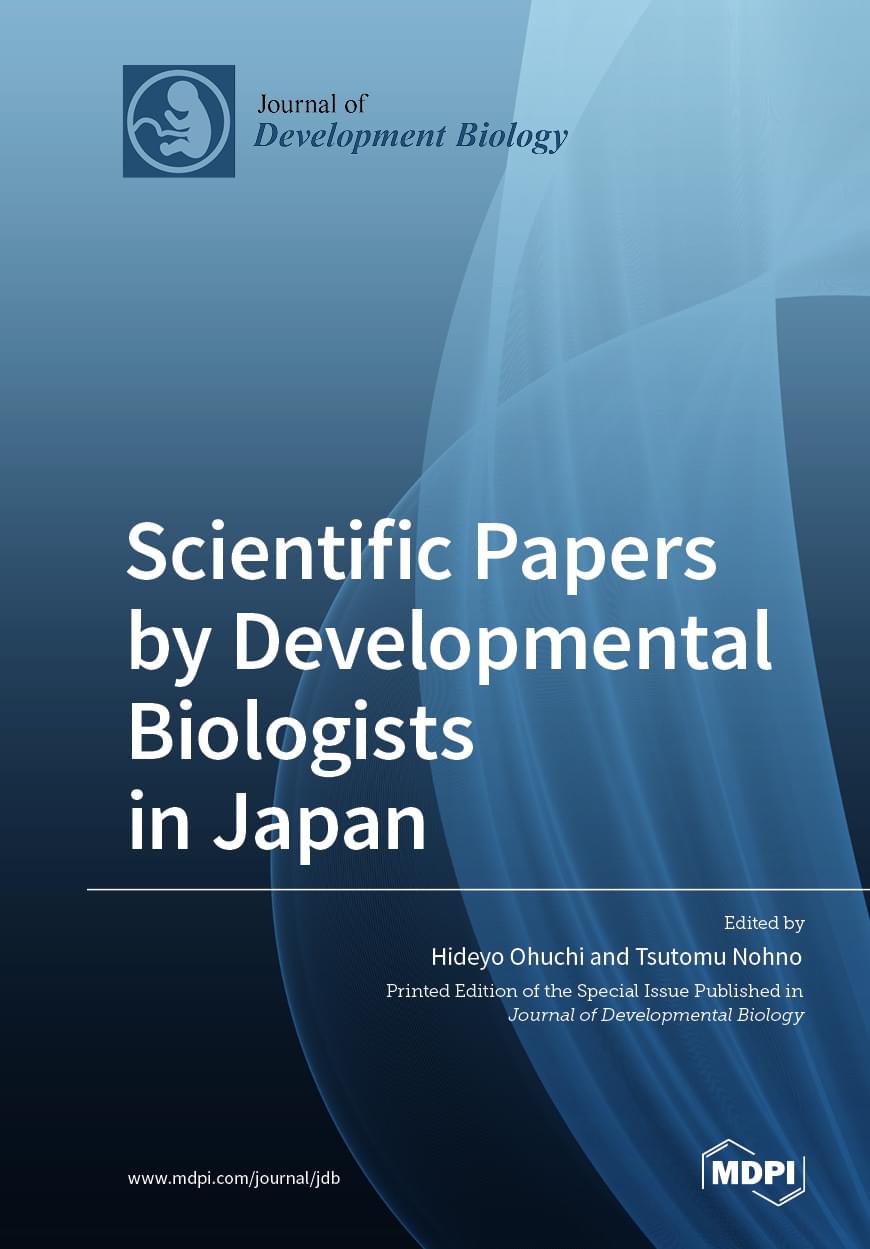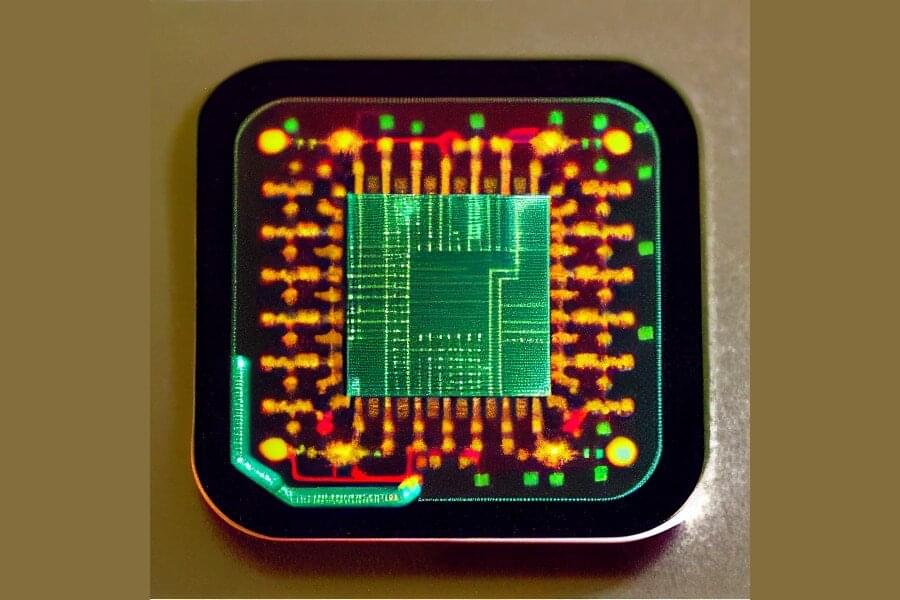New findings enable experimental studies to control and further develop the multiscale phenomena of complex interdependent materials.
Bar-Ilan University researchers Havlin and Frydman have demonstrated the “network of networks” theory using a controlled system of interdependent superconducting networks. The study confirms that coupled networks exhibit abrupt transitions under varying temperatures, validating Havlin’s 2010 theory. This groundbreaking research has significant implications across physics, materials science, and device applications, potentially leading to new developments in self-healing systems, sensitive sensors, and network metamaterials.
Metamaterials are engineered materials that have properties not usually found in nature.









